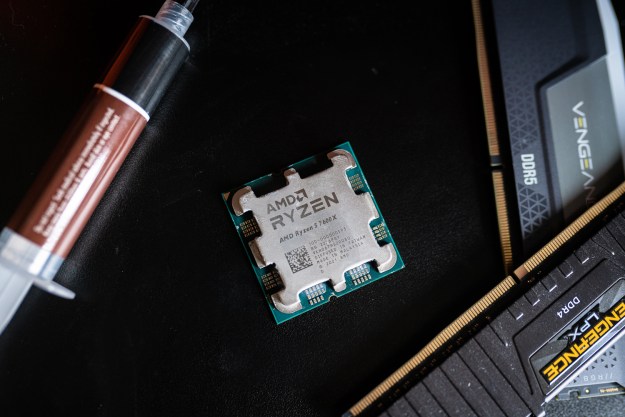AMD’s Ryzen 3000 mainstream processors have blown us away. Everything from the 3600 through to the 3900X and its new, bigger brother the 3950X, have been killer CPUs, delivering stiff competition to Intel. But Threadripper 3000 CPUs stand to do far more than that, with the first entries in the range demolishing the competition. Including AMD’s own mainstream CPUs.
Interested in more than just the bleeding edge chips? Here are the best processors you can buy right now.
Pricing and release date
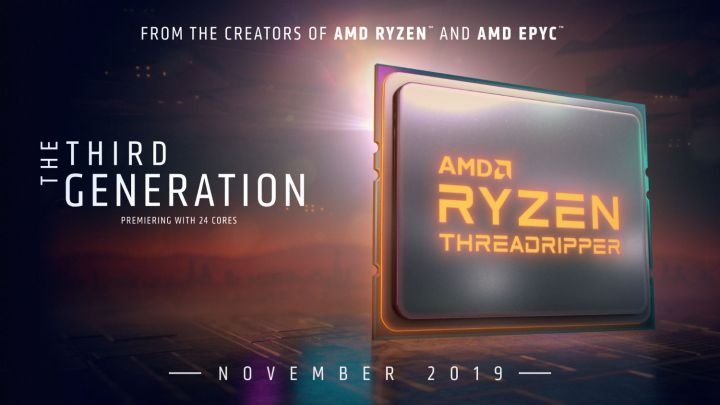
The first Threadripper 3000 CPUs, the 3960X and 3970X, debuted on November 25 to much acclaim. Their launch prices were near-echoes of the second-generation Threadripper chips, coming in at $1,399 and $1,999, respectively. But that’s not the end of the line.
AMD has itself confirmed that a flagship, 64-core chip known as the 3990X would debut in January. While we don’t have any pricing information on that, somewhere between $3,000 and $4,000 seems likely.
There’s also the possibility of a 48-core alternative too, although AMD hasn’t made any official announcement on that front.
Performance
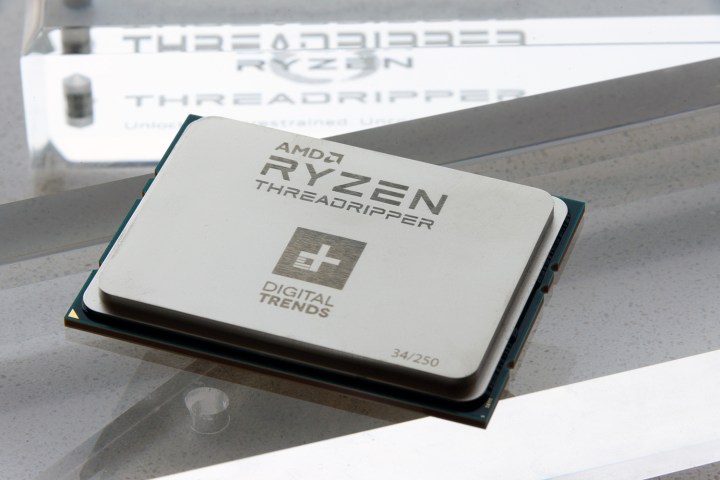
The third-generation Threadripper CPUs delivered on the promises made by mainstream Ryzen 3000 processors. The 3960X and 3970X showed amazing multi-threaded performance, easily outstripping Intel’s best HEDT chips, like the 18-core 10980XE, and even surpassing the 28-core Xeon W-3175X in many tests. Although there is some fluctuation in the performance disparity, in software that can really take advantage of the additional cores in the Threadripper chips, AMD’s new processors embarrass the Intel competition, and AMD’s best second-gen Threadripper chips too.
In Anandtech’s render tests, the 3970X was almost twice the speed of Intel’s best HEDT processors. For professionals looking to cut down on their render times, this opens up a whole new level of performance without forcing an upgrade to extremely costly server CPUs. Encoding tests don’t show quite the same disparity, but it’s there, suggesting Threadripper 3000 CPUs could be the best upgrade path for anyone outside of the target audience for Epyc server processors.
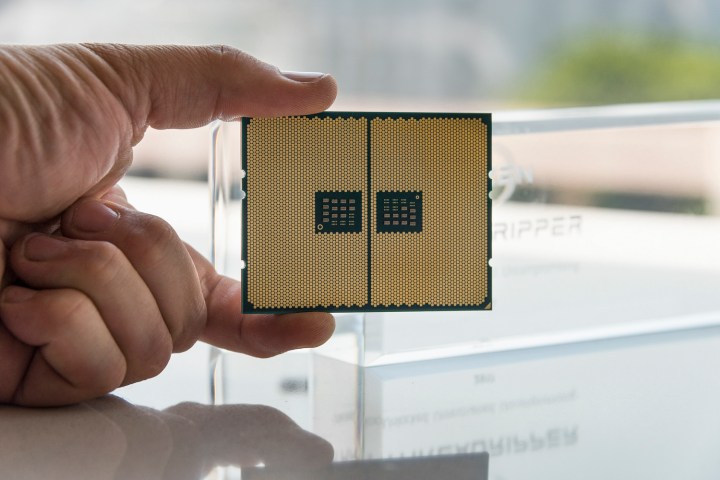
But while this shows that multi-threading performance has increased by huge margins over AMD’s best, last-generation parts, like the 32-core 2990WX, it’s arguably a grander achievement of single-threaded enhancement. The Zen 2 cores at the heart of these chips enjoy improved instructions per clock (IPC) of upwards of 15 percent, as well as improved power and memory efficiency. That bolstering across the many cores within the 3960X and 3970X delivered a big uplift over the last-generation.
You can see those enhancements at work in the single-threaded and gaming tests with these new Threadripper chips too. While most prospective buyers aren’t likely to game much on their $1,300+ CPUs, the option is there, because these Threadripper chips are about as close in performance to its mainstream Ryzen chips as you can get. That’s amazing, considering it’s not what they’re designed for at all.
Threadripper chips now let their professional users game in the off hours on the same machine without sacrificing anything. That just wasn’t possible before this generation.
And it’s not done yet. AMD has announced the 3990X is coming in January. That 64-core monster may drop a little single-threaded performance (although we wouldn’t be surprised if it didn’t) but it should make even these chips look pedestrian in multi-threaded workloads.
Architecture
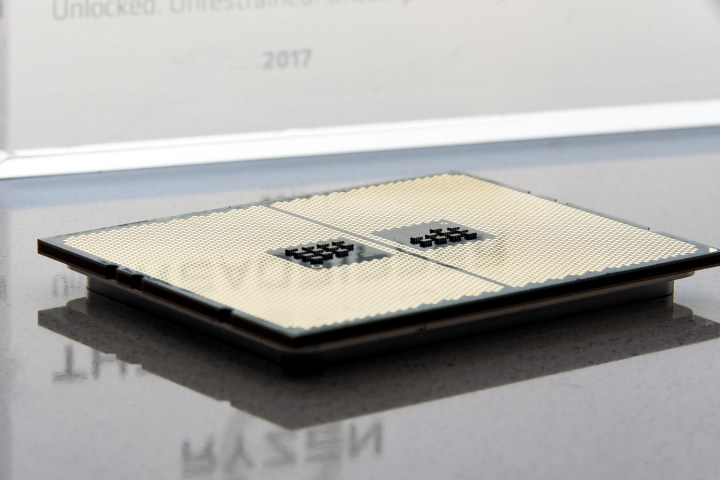
As with the Ryzen 3000 mainstream CPUs, third-generation Threadripper processors are based on the brand new Zen 2 architecture, which overhauls the design of the CPU. Instead of the four dies found on earlier-generation Threadripper chips, the new ones feature a large IO die in the middle, and a collection of 7nm chiplets all joined together by an advanced version of AMD’s InfinityFabric.
The main difference between these chips and the more mainstream Ryzen offerings are the number of chiplets. But beyond additional cores, Threadripper chips also enjoy a far greater number of PCIe lanes. First and second-generation Threadripper CPUs featured 64 PCIe lanes (compared to 24 on mainstream chips), and Threadripper 3000 chips are much the same.
AMD has massively improved memory latency with Zen 2 cores, but to help provide enough bandwidth for as many as 64 cores, Threadripper 3000 chips support quad-channel memory, and the same 3,200MHz DDR4 of mainstream Ryzen 3000 chips. That’s a light upgrade over the 2,933MHz support of second-gen Threadripper.
Motherboards
The only real downside to the new-generation Threadripper CPUs is that they broke AMD’s promise. Where the red team initially said both Ryzen and Threadripper CPUs would remain on the same socket through 2020, it has introduced a new socket with third-gen Threadripper. It’s called TRX4 and though physically the same as the TX4 socket found on first and second-gen Threadripper CPUs, it is functionally different, which means it won’t work with earlier Threadripper chips, and neither will the new ones work on older TX4 motherboards.
That’s a shame for those looking to upgrade to the Zen 2 Threadripper range, as it means buying a new motherboard which won’t be cheap. But the performance difference is stark enough that it should be worth the money.
Editors' Recommendations
- AMD Zen 5: Everything we know about AMD’s next-gen CPUs
- The one AMD 3D V-Cache processor you should avoid at all costs
- Everything we know about Lunar Lake, Intel’s big next-generation chips
- AMD RDNA 4: Everything we know about the RX 8000 series
- What is SATA? Here’s everything you need to know about it



